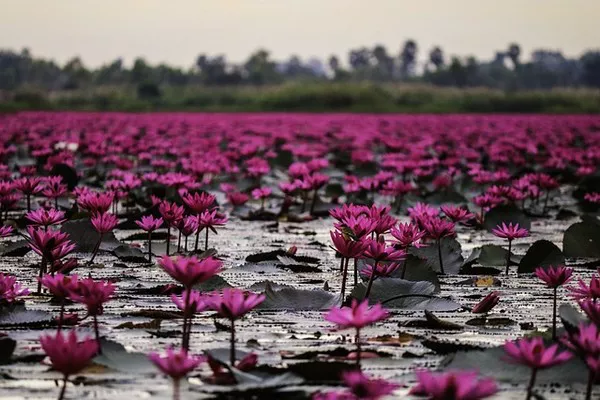Gardening enthusiasts often find great joy in nurturing beautiful blooms in their gardens. Beyond the aesthetic appeal, flowers hold the potential for future growth through seed harvesting. Saving seeds from your favorite flowers not only allows you to preserve and share your favorite varieties but also contributes to sustainable gardening practices. In this comprehensive guide, we will explore the art and science of collecting seeds from flowers, providing you with the knowledge and skills needed to embark on this rewarding journey.
Understanding the Basics
1. Choose the Right Flowers
Selecting the right flowers is the first crucial step in seed harvesting. Opt for healthy, vibrant plants that exhibit desirable traits. Choose open-pollinated or heirloom varieties for consistent results, as these plants tend to produce offspring true to the parent.
2. Timing is Everything
Timing plays a pivotal role in seed harvesting. Allow the flowers to mature fully on the plant before attempting to collect seeds. The seeds should be at their peak ripeness, typically when the flower begins to fade or the seed heads turn brown. Patience is key to ensuring successful seed saving.
3. Know Your Flower Types
Different flowers have unique seed structures and dispersal methods. Familiarize yourself with the specific characteristics of the flowers you are cultivating. Whether it’s collecting seeds from pods, capsules, or the flower head itself, understanding the anatomy of your chosen flowers will enhance your seed-saving success.
Step-by-Step Guide to Seed Harvesting
1. Inspecting and Selecting
Carefully inspect the plants and choose the healthiest ones for seed harvesting. Look for signs of disease or pest damage and avoid collecting seeds from compromised plants. Selecting the best specimens ensures the preservation of desirable traits in the next generation.
2. Observe Seed Maturity
Once you’ve identified potential candidates, observe the seed heads or pods for signs of maturity. Seeds should be fully developed and show no signs of immaturity or green coloring. Maturity is crucial for successful germination and the overall health of the future plants.
3. Gather the Right Tools
Equip yourself with the necessary tools for seed harvesting. Small, clean containers, such as paper envelopes or glass jars, are ideal for storing seeds. Additionally, a pair of sharp, clean scissors or pruning shears will facilitate the precise and careful collection of seeds.
4. Harvesting Techniques
Different flowers require varying harvesting techniques. For seeds contained within pods or capsules, wait until they naturally split open before collecting. For flowers with seed heads, gently shake or tap them over a clean container to release the seeds. Ensure that the seeds are completely dry before storing to prevent mold.
5. Drying and Cleaning
Proper drying and cleaning are crucial steps in the seed-saving process. Lay the harvested seeds in a single layer on a clean, dry surface, allowing them to air-dry completely. Once dry, remove any debris or chaff using a fine sieve or by gently blowing on the seeds. Clean seeds ensure better storage and germination rates.
6. Storage Best Practices
Store your carefully harvested and cleaned seeds in a cool, dark, and dry place. Label each container with the name of the flower, the date of harvesting, and any additional information about the plant. Proper labeling is essential for organization and ensures you can easily identify and share your seeds in the future.
Benefits of Seed Saving
1. Preserving Biodiversity
By saving seeds from your favorite flowers, you actively contribute to the preservation of biodiversity. Many commercially available plants are hybrids, and seed saving helps maintain the genetic diversity of open-pollinated and heirloom varieties.
2. Cost Savings and Sustainability
Seed saving is a cost-effective and sustainable practice. By harvesting and storing your own seeds, you reduce the need to purchase new seeds each season. This not only saves money but also promotes a more sustainable and self-sufficient approach to gardening.
3. Sharing and Community Building
Seed saving fosters a sense of community among gardeners. Sharing your harvested seeds with friends, family, or fellow gardening enthusiasts not only promotes the joy of gardening but also helps create a network of individuals committed to preserving and sharing plant diversity.
Conclusion
Harvesting seeds from flowers is a rewarding endeavor that connects you with the cycles of nature and empowers you to contribute to the preservation of plant diversity. By following the steps outlined in this comprehensive guide, you can embark on a journey of seed saving with confidence and enjoy the many benefits it brings to your garden and the broader gardening community. Embrace the art and science of seed harvesting, and watch as your garden flourishes with the fruits of your labor and nature’s design.


